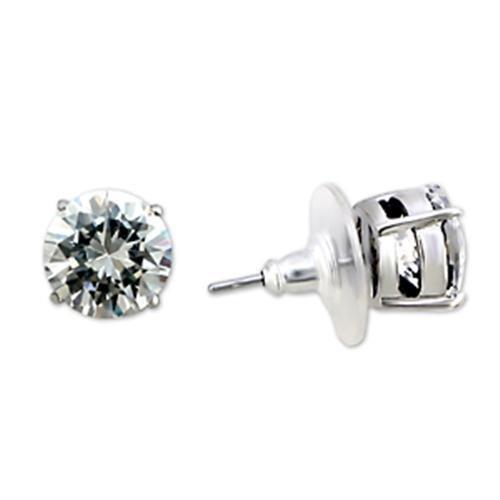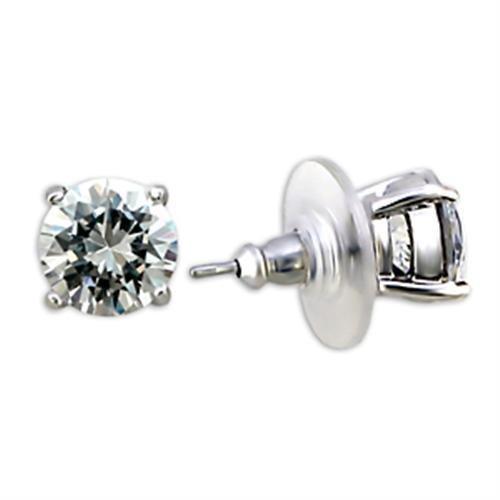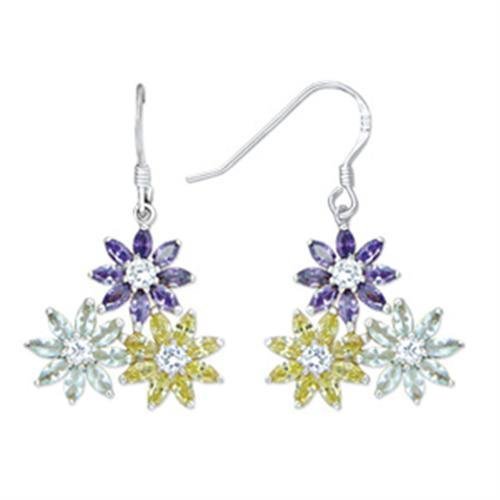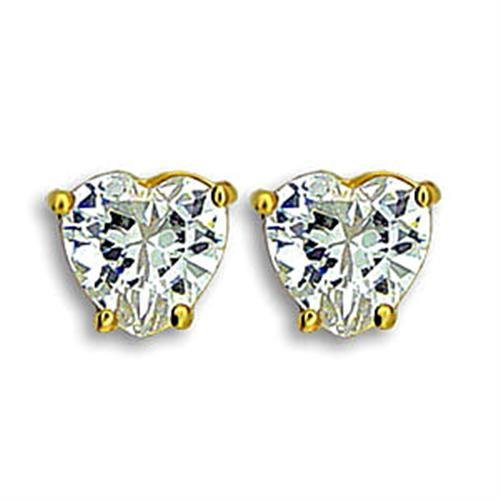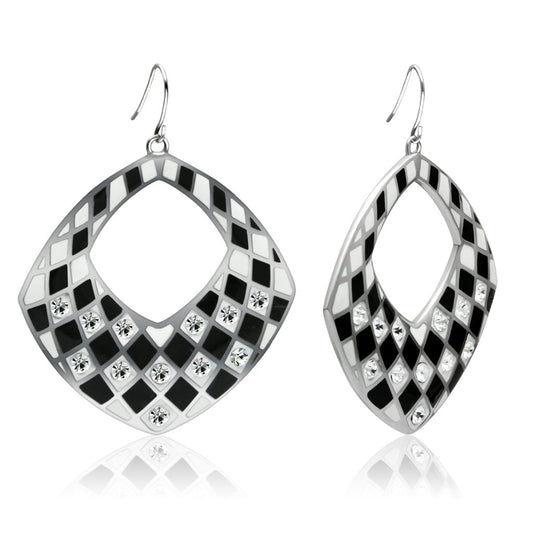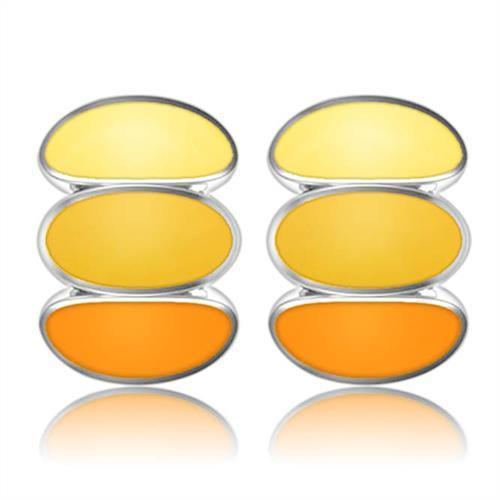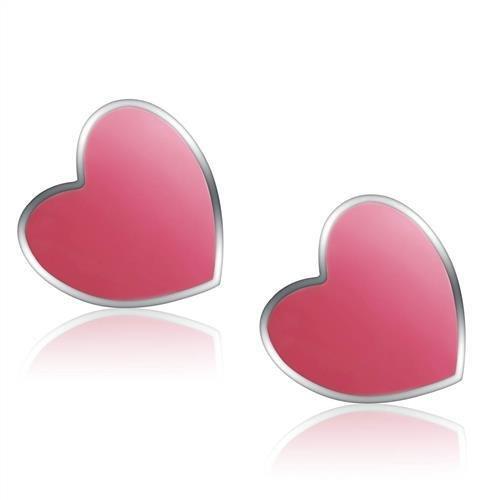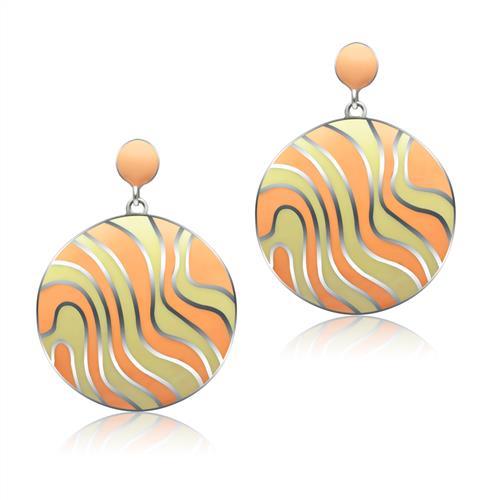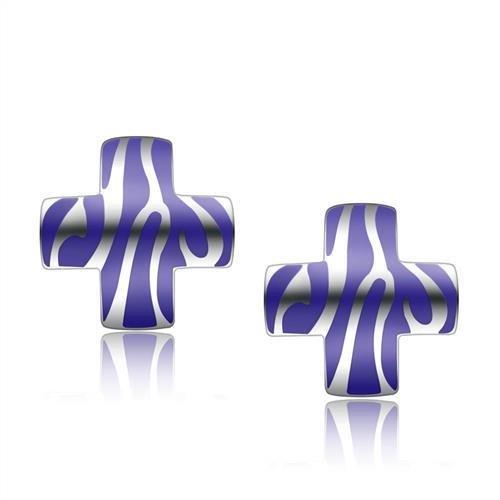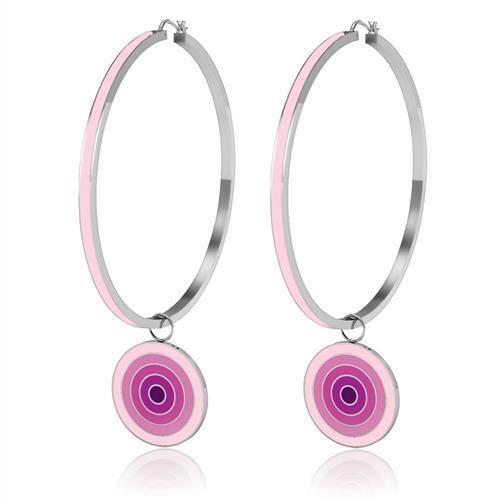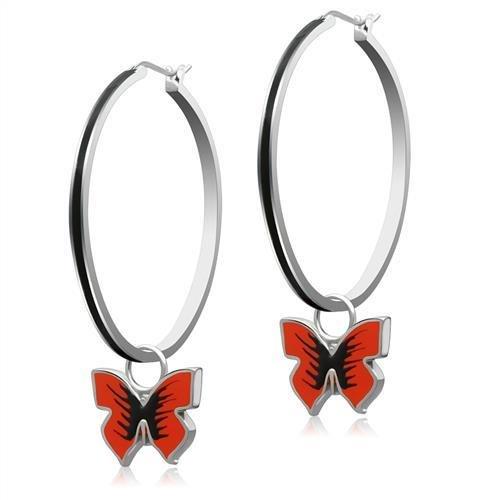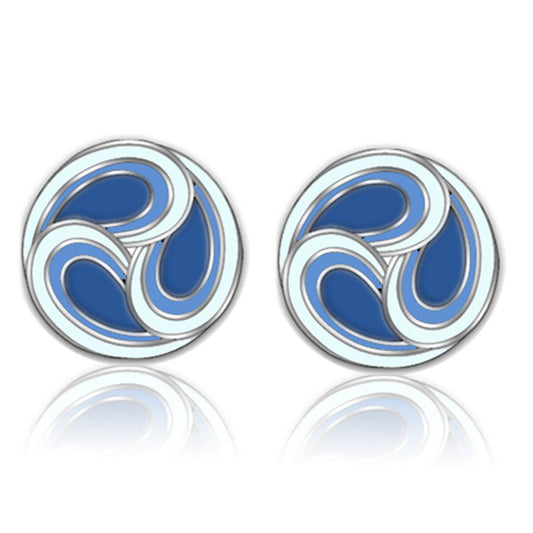When you see the inscription "S 925 R" on your silver ring, you might wonder what it signifies. This marking is more than just a decorative addition; it holds key information about the ring’s material composition and authenticity. In this article, we'll explore the meaning behind this hallmark, delve into the properties of sterling silver, and offer tips on how to care for your silver jewelry to ensure it remains as dazzling as the day you bought it.
Table of Contents
- Understanding the "S 925 R" Marking
- Why Choose Sterling Silver?
- Authenticity and Testing
- Caring for Your Sterling Silver Jewelry
- Addressing Common Concerns
- Different Types of Silver: Understanding the Variations
- Identifying Quality Silver Jewelry
- The Value of Sterling Silver
- Preventing and Managing Tarnish
- Advanced Care Techniques for Sterling Silver
- The Environmental Impact of Silver Mining
- Exploring More About Sterling Silver Jewelry
- Hallmark Variations and What They Mean
- FAQ
Understanding the "S 925 R" Marking
- S 925 R Explained: The "S 925 R" stamp on your silver ring indicates that it is made of 925 sterling silver. This means the ring contains 92.5% pure silver, with the remaining 7.5% composed of other metals, usually copper or zinc. The "R" can signify the manufacturer or an additional marking related to the ring’s design or origin.
- Sterling Silver Composition: Sterling silver is a popular choice for jewelry due to its durability and affordability. The added metals in sterling silver enhance its strength compared to pure silver, which is too soft for everyday wear.
Why Choose Sterling Silver?
- Durable Material: Sterling silver’s composition makes it a durable option for jewelry that can withstand daily wear and tear. This metal alloy is not only robust but also has a beautiful, lustrous finish that complements any style.
- Hypoallergenic Properties: Many people with sensitive skin prefer sterling silver because it is hypoallergenic, especially when nickel-free. This reduces the risk of allergic reactions commonly associated with other metals.
Authenticity and Testing
- Authenticity Mark: The "S 925 R" hallmark serves as a certification of the ring’s silver content. It assures buyers that the piece is genuine sterling silver, meeting the industry standard of 92.5% silver purity.
- Jeweler's Test: To verify the authenticity of sterling silver, jewelers often perform tests, such as the acid test or the magnet test. Sterling silver is not magnetic, so if a magnet attracts the jewelry, it’s likely not genuine sterling silver.
Caring for Your Sterling Silver Jewelry
- Cleaning Sterling Silver: Regular cleaning helps maintain the shine and luster of sterling silver. Use a soft cloth and mild soap to gently clean your jewelry. Avoid using abrasive materials that could scratch the surface.
- Jewelry Storage: Proper storage is crucial to prevent tarnish. Store your sterling silver pieces in a cool, dry place, preferably in a jewelry box with anti-tarnish strips or in a cloth pouch.
Addressing Common Concerns
- Tarnish: Over time, sterling silver can tarnish due to exposure to air and moisture. Tarnish is a natural process where the silver reacts with sulfur compounds in the air, forming a dark layer on the surface. Regular cleaning can help minimize this effect.
- Green Finger Effect: Some people experience a green discoloration on their skin when wearing certain types of silver jewelry. This can happen when the copper in the alloy reacts with acids in the skin or environmental factors. Ensuring your ring is made of genuine sterling silver can reduce this risk.
By understanding the significance of the "S 925 R" marking, you can appreciate the quality and craftsmanship of your sterling silver ring. Whether you are looking to expand your collection or learn more about the properties of sterling silver, exploring our collections of bracelets, earrings, and other fine jewelry can provide further inspiration and insight into this timeless material.
Different Types of Silver: Understanding the Variations
When exploring silver jewelry, you might come across various terms that can be confusing. Here’s a breakdown of some common types of silver and their unique characteristics:
- Fine Silver (99.9% Pure Silver): Fine silver, also known as pure silver, contains 99.9% elemental silver. It is softer and more malleable compared to sterling silver, making it less suitable for items subject to frequent wear. Fine silver is often used for delicate pieces or those that don’t require much handling.
- Nickel Silver: Despite its name, nickel silver does not contain any silver. It is a metal alloy typically made of copper, nickel, and zinc. Nickel silver is also known as German silver or alpaca. It has a similar appearance to silver but is less valuable and can cause allergic reactions in some people due to its nickel content.
- Silver-Plated Jewelry: Silver-plated items are made by coating a base metal, usually copper or brass, with a thin layer of silver. While silver-plated jewelry is more affordable, the silver layer can wear off over time, exposing the base metal and leading to potential tarnishing and discoloration.
Identifying Quality Silver Jewelry
Knowing how to identify genuine sterling silver can save you from disappointment and ensure that you’re investing in high-quality pieces. Here are some tips:
- Look for Hallmarks: Genuine sterling silver jewelry will typically have a hallmark, such as "925" or "S 925," indicating its silver content. These marks are often found on the inner band of rings, clasps of bracelets, or other inconspicuous areas.
- Magnet Test: Since sterling silver is not magnetic, using a magnet is a quick way to check if your jewelry is made of genuine silver. If the piece is attracted to the magnet, it likely contains other metals and is not true sterling silver.
- Jeweler’s Loupe: A jeweler’s loupe can be used to closely inspect the details and hallmarks on your silver jewelry. This tool helps in examining the craftsmanship and identifying any inconsistencies that might suggest a piece is not authentic.
The Value of Sterling Silver
Sterling silver holds significant value both aesthetically and economically. Here’s why:
- Durability: The alloy composition of sterling silver makes it more durable than pure silver. It can withstand the rigors of daily wear without easily losing its shape or luster.
- Hypoallergenic Nature: Genuine sterling silver, especially when free from nickel, is less likely to cause allergic reactions, making it a preferred choice for those with sensitive skin.
- Timeless Appeal: Sterling silver’s bright, reflective finish has a timeless elegance that complements various styles and occasions. Whether it's a ring, bracelet, or necklace, sterling silver jewelry remains a fashionable choice.
Preventing and Managing Tarnish
Tarnish is a common concern with sterling silver, but with proper care, you can keep your jewelry looking pristine:
- Avoid Moisture: Moisture accelerates tarnish. Remove your sterling silver jewelry before swimming, bathing, or engaging in activities that cause sweating.
- Store Properly: Store your sterling silver pieces in a cool, dry place, preferably in anti-tarnish bags or cloths. Keeping them in a jewelry box with a tight seal can also help reduce exposure to air.
- Regular Cleaning: Use a soft polishing cloth to clean your jewelry regularly. For more stubborn tarnish, a mixture of mild soap and warm water can be used. Ensure you dry the pieces thoroughly before storing them.
Advanced Care Techniques for Sterling Silver
To keep your sterling silver jewelry in pristine condition, consider these advanced care techniques:
- Ultrasonic Cleaners: For heavily tarnished pieces, ultrasonic cleaners can be highly effective. These devices use high-frequency sound waves to create microscopic bubbles that remove dirt and tarnish. However, use caution with gemstones and delicate settings, as the vibrations can cause damage.
- Professional Cleaning: Occasionally, take your sterling silver jewelry to a professional jeweler for a thorough cleaning. Professionals can remove deep-seated tarnish and polish the jewelry to restore its original shine.
- DIY Silver Polish: For a homemade solution, create a paste using baking soda and water. Gently rub the paste onto the jewelry with a soft cloth, rinse with warm water, and dry thoroughly. This method is especially useful for intricate pieces where tarnish can accumulate in small crevices.
The Environmental Impact of Silver Mining
While silver jewelry is beautiful and durable, it’s important to be aware of the environmental impact of silver mining:
- Mining Practices: Silver mining often involves processes that can have significant environmental effects, including deforestation, soil erosion, and water contamination. Many mines use cyanide and other harmful chemicals to extract silver from ore, which can lead to toxic runoff.
- Recycling Silver: One way to mitigate the environmental impact is by recycling silver. Recycled silver comes from old jewelry, silverware, and industrial byproducts, reducing the need for new mining. Look for jewelers who use recycled silver in their pieces.
- Sustainable Practices: Support jewelers who adopt sustainable practices, such as ethical sourcing and environmentally friendly production methods. By choosing sustainably produced silver jewelry, you contribute to the preservation of natural resources and the reduction of environmental damage.
Exploring More About Sterling Silver Jewelry
Sterling silver is not only versatile but also offers a range of designs and styles. Here are some popular categories to explore:
- Bracelets: From delicate chains to bold cuffs, bracelets made of sterling silver can add a touch of elegance to any outfit.
- Earrings: Sterling silver earrings come in various styles, including studs, hoops, and dangles. They are perfect for everyday wear or special occasions.
- Necklaces: Whether you prefer simple pendants or intricate designs, our collection of sterling silver necklaces offers something for everyone.
- Bangles: For a timeless and sophisticated look, consider adding sterling silver bangles to your jewelry collection.
Hallmark Variations and What They Mean
Hallmarks on sterling silver jewelry can vary, but they all serve to indicate the purity of the silver:
- 925 or .925: This is the most common hallmark, signifying that the piece is made of 92.5% pure silver.
- Sterling: Some pieces may simply be stamped with "Sterling," indicating the same standard of purity as the "925" mark.
- Additional Marks: Other marks may include the manufacturer’s logo, country of origin, or additional letters and numbers specific to the jeweler or designer.
FAQ
-
What is the difference between "S 925 R" and "925"?
- The "S 925 R" marking indicates that the ring is made of sterling silver, containing 92.5% pure silver. The "S" may stand for silver, while the "R" could denote the manufacturer or a specific design mark. The "925" alone also signifies sterling silver with the same silver content, but without additional letters specifying other details.
-
Is "S 925 R" jewelry considered high-quality?
- Yes, jewelry marked with "S 925 R" is considered high-quality because it indicates that the piece is made of 92.5% pure silver, which is the industry standard for sterling silver. This ensures durability and a beautiful finish.
-
Can "S 925 R" silver rings tarnish over time?
- Yes, like all sterling silver, "S 925 R" rings can tarnish over time due to exposure to air and moisture. However, regular cleaning and proper storage can minimize tarnishing.
-
Are "S 925 R" rings hypoallergenic?
- Generally, "S 925 R" rings are hypoallergenic, especially if they are free from nickel. Sterling silver is a good option for people with sensitive skin, though individual reactions can vary.
-
How can I test if my "S 925 R" ring is real silver?
- You can perform a magnet test (sterling silver is not magnetic) or take the ring to a jeweler for an acid test to confirm its authenticity. The jeweler may also use a jeweler's loupe to inspect the hallmark and craftsmanship.
-
Does "S 925 R" mean my ring is made entirely of silver?
- No, "S 925 R" means the ring is made of sterling silver, which is 92.5% pure silver mixed with 7.5% other metals, usually copper or zinc, to enhance durability and strength.
-
Why does my "S 925 R" ring turn my finger green?
- The green discoloration can occur when the copper in the sterling silver alloy reacts with skin oils or environmental factors. Ensuring proper cleaning and maintenance can help reduce this effect.
-
Can I wear my "S 925 R" ring in water?
- It's best to remove your "S 925 R" ring before swimming, bathing, or engaging in activities that involve water. Prolonged exposure to water can cause tarnish and damage the ring.
-
What does it mean if my "S 925 R" ring has additional hallmarks?
- Additional hallmarks on your "S 925 R" ring may indicate the manufacturer, country of origin, or specific design features. These marks provide extra information about the ring's authenticity and provenance.
-
How should I store my "S 925 R" ring to prevent tarnish?
- Store your "S 925 R" ring in a cool, dry place, preferably in a jewelry box with anti-tarnish strips or a cloth pouch. Keeping it away from direct sunlight and moisture will help preserve its shine and reduce tarnish.
Conclusion
Understanding the intricacies of your sterling silver jewelry, from the "S 925 R" hallmark to the proper care and environmental considerations, allows you to fully appreciate and maintain your collection. Sterling silver offers a blend of beauty, durability, and affordability, making it a favorite choice for jewelry enthusiasts.
By following the care tips outlined in this article, you can ensure that your sterling silver pieces remain stunning and untarnished for years to come. Additionally, being aware of the environmental impact of silver mining and supporting sustainable practices can make your jewelry choices more eco-friendly.
Explore our range of sterling silver jewelry, including brooches, to find timeless pieces that resonate with your style and values.
Remember, whether it’s a treasured ring or a new addition to your collection, each piece of sterling silver jewelry carries a story of craftsmanship and heritage. Treat your jewelry with care, and it will continue to shine and bring joy for generations.


